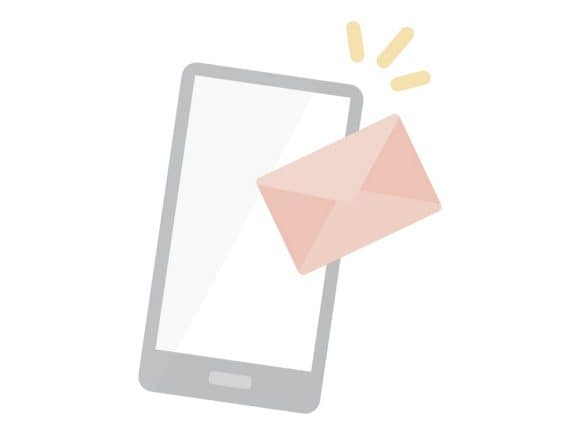Kids’ pocket money: cash or cashless?
We often don’t have cash on hand and so sometimes won’t have the right amount to pay our child their pocket money. So why not just pay it straight into their account? What are the pros and cons? What should you be aware of?





